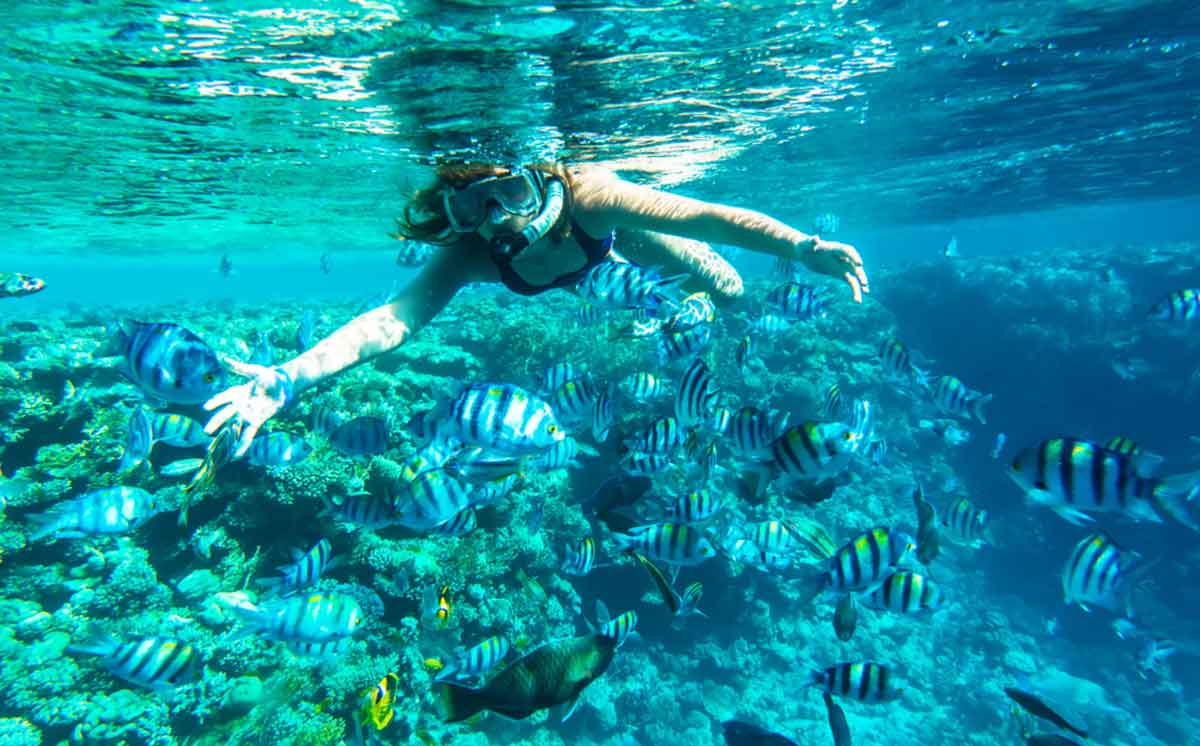
Snorkeling is a fun and exciting way to explore the underwater world, but it’s also a physically demanding activity that requires an understanding of the physiology and physics involved. In this article, we’ll dive deep into the science of snorkeling and explain how it works, what happens to your body when you’re snorkeling, and how to maximize your experience.
Understanding the Physiology of Snorkeling
When you’re snorkeling, you’re breathing air through a tube while your face is submerged in water. This can be a bit challenging for your body, as you’re essentially breathing in and out against a resistance. Your respiratory system has to work harder to move air in and out of your lungs, which can cause fatigue and shortness of breath if you’re not used to it.
Additionally, snorkeling can cause changes in your body’s oxygen levels. When you’re breathing normally, your body maintains a steady level of oxygen in your blood. However, when you’re snorkeling, you’re breathing in air that has a higher concentration of carbon dioxide (CO2) than normal air. This can cause your body to increase its breathing rate to expel the excess CO2, which can lead to a decrease in the oxygen levels in your blood.
To prevent this from happening, it’s important to take slow, deep breaths while you’re snorkeling. This will help you maintain a steady oxygen level in your blood and prevent fatigue and shortness of breath.
Understanding the Physics of Snorkeling
Snorkeling also involves understanding the physics of buoyancy and pressure. When you’re underwater, your body is subject to two different types of pressure: ambient pressure and hydrostatic pressure.
Ambient pressure is the pressure of the water around you. The deeper you go, the higher the ambient pressure becomes. Hydrostatic pressure is the pressure exerted by the water on your body. When you’re fully submerged, the hydrostatic pressure is evenly distributed across your body, which makes you feel weightless.
Buoyancy is another important factor in snorkeling. When you’re snorkeling, you’re wearing a mask, snorkel, and fins, which all add to your buoyancy. Buoyancy is the force that keeps you afloat in water, and it’s affected by your weight, the weight of your equipment, and the water’s density.
To maximize your buoyancy while snorkeling, it’s important to wear the right equipment and adjust it to fit you properly. Your fins should fit snugly but not be too tight, and your mask should fit securely to prevent water from entering. Additionally, you can adjust your buoyancy by controlling your breathing and by using a buoyancy control device (BCD).
Tips for Safe and Enjoyable Snorkeling
Now that you understand the physiology and physics of snorkeling, here are some tips to help you have a safe and enjoyable experience:
- Practice your breathing: Before you go snorkeling, practice taking slow, deep breaths to get used to breathing through a tube.
- Choose the right equipment: Make sure you have a properly fitting mask, snorkel, and fins to maximize your buoyancy and comfort.
- Don’t snorkel alone: Always snorkel with a buddy or in a group, and never stray too far from shore or your boat.
- Be aware of your surroundings: Keep an eye out for boats, other snorkelers, and marine life. Respect the environment and avoid touching or damaging coral or other marine life.
- Take breaks when needed: If you feel tired or short of breath, take a break and rest until you feel comfortable again.


